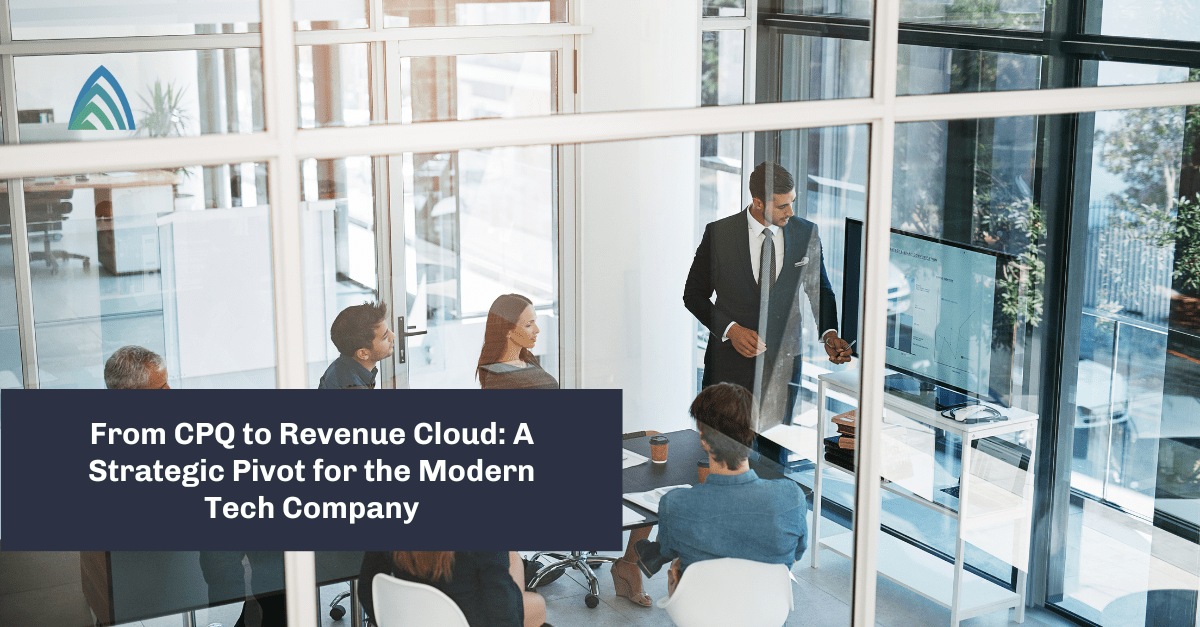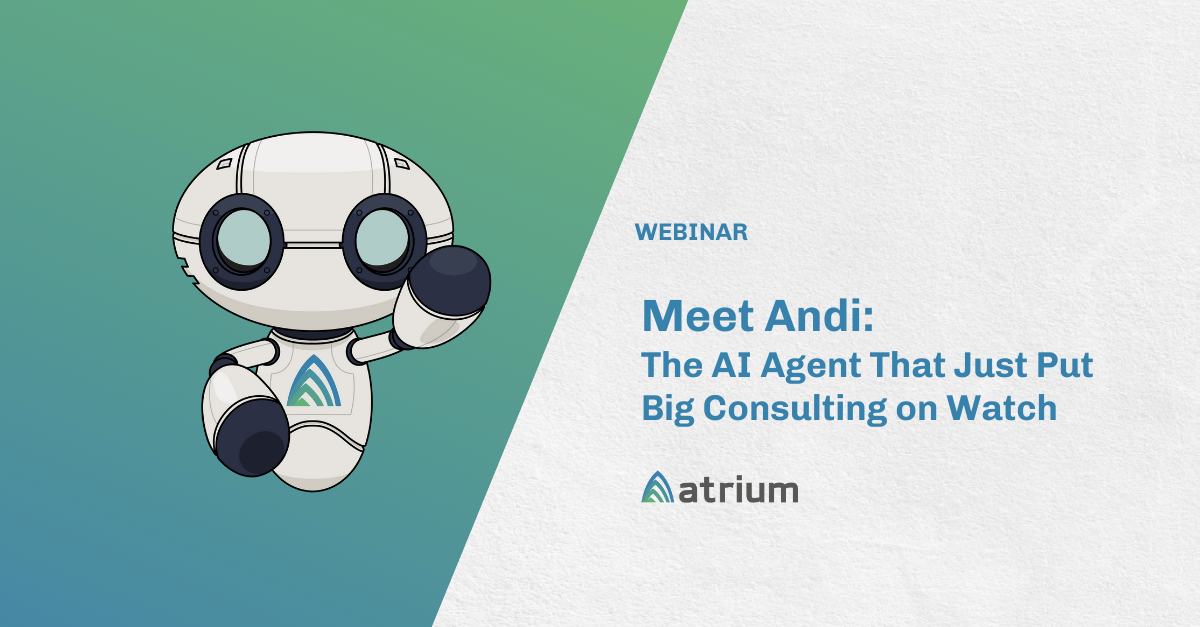Over the past few years, A.I. and machine learning have disrupted the entire landscape of how we consume products and services as customers. This trend continues as more companies are starting to realize the benefits of incorporating big data and machine learning into their business models and as a part of the services they offer.
In this article, we will discuss some of the key roles that machine learning and A.I. are playing in the banking industry, as the landscape of the industry continues to shift from brick-and-mortar branches to being more online and digital-driven. We’ll also look at how this technology is helping us redefine our customer experiences and how we primarily interact with banks.
Lead and Referral Prioritization and Actioning for New Client Acquisition
In retail banking, new-client acquisition is often dependent upon community events, employer-offered banking programs, and of course referrals! With a large volume of leads and referrals, it is important to understand where bankers should spend their time for follow-up. Lead/referral data enrichment, AI/ML for prioritization scoring, and automated actioning with marketing journeys is the only way to scale. Similarly for commercial banks, new-client acquisition is often sparked by third-party D&B and UCC data, which lists current facility holders, loan term dates. Data about the company such as revenue, number of employees, and industry information play a role as well. This data too can be run through AI/ML models to determine a “likely fit” for actioning by commercial banking relationship managers.
Wealth and Asset Management Attrition Risk
For wealth management firms and advisors, it is all about growing assets under management (AUM) and ensuring you have happy, lifelongs clients and households. Often, client segmentation and activity standards provide insights into the health of the overall relationship, but other factors such as inflows and outflows, breath of the household, referrals submitted, engagement with marketing and advisor communications, etc. also contribute to the likelihood of a potential diminishment or overall attrition risk. Marrying the risk (or client health score) insights to actionable advisor recommendations such as setting up a financial plan review or increasing the number or format of advisor/client contacts can proactively mitigate these risks. More advanced wealth firms even look to associate market/portfolio data into these scoring models.
Growth Strategies with Cross Line of Business Referral Candidates
In order to deepen relationships, for both retail and commercial banking, AI/ML models are also used for “customers like me” insights. These models use existing banking relationships to determine clients that may be a good fit for other lines of business within the bank to pursue based on successful patterns of existing clients with a favorable customer lifetime value (CLTV). For example, the model can be used to identify the best existing commercial clients that are candidates for Treasury Management services or Foregin Exchange services . This may sound simple, but often different lines of business may be on different systems and the correlation of data points across the systems is what is needed to provide these insights for growth.
The use of artificial intelligence in the banking industry is growing rapidly but is still in the early adoption phase. Banks are starting to realize the vast potential of artificial intelligence and the plethora of opportunities it provides for the business to grow and expand in previously unexplored areas, some of which are mentioned above. And it should be noted that while some banks may have data science initiatives underway for the above examples (and others!), it is critical that the bankers/relationship managers/advisors be able to work with the insights to facet their book of business and ACTION on the insights. Without that, it is just a score.
Learn more about how your organization can apply these use cases and benefit from them.








